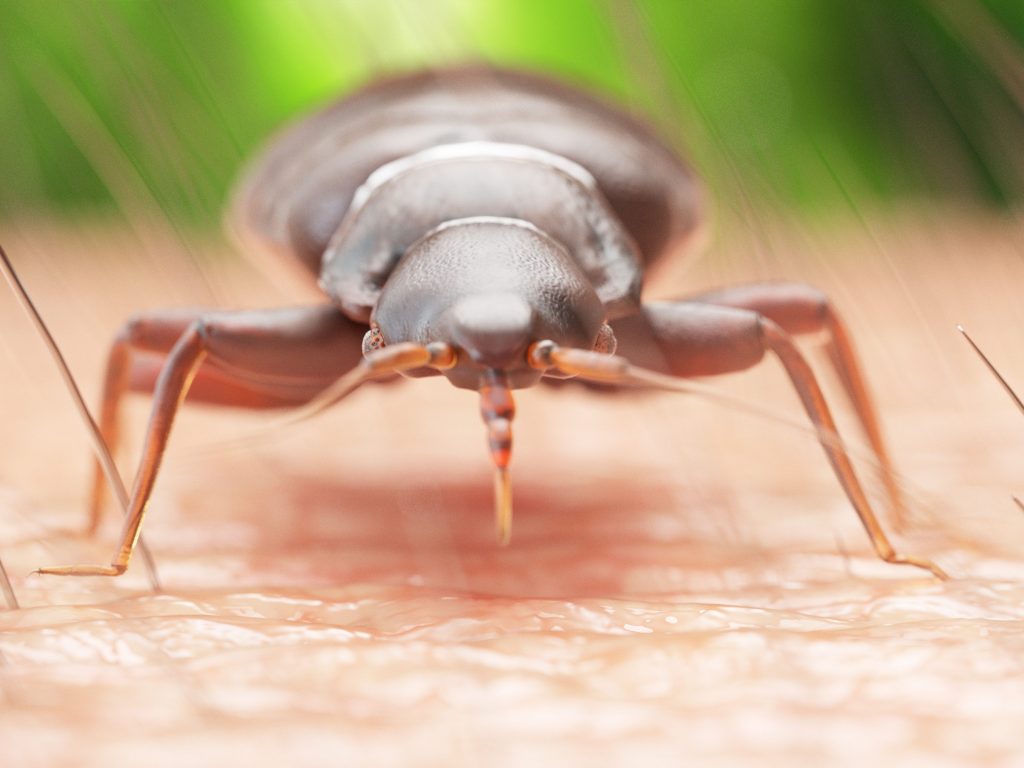As a pet owner, it’s important to stay vigilant about ensuring your dog’s health and safety. One of the most important things to watch out for is bed bugs. Wondering how can you tell if your dog has bed bugs? Thankfully, there are some tips from experts that can help you detect these bugs in your home. In this article, I’ll cover everything you need to know about how to spot bed bugs on your pup and in your home.
What are Bed Bugs?
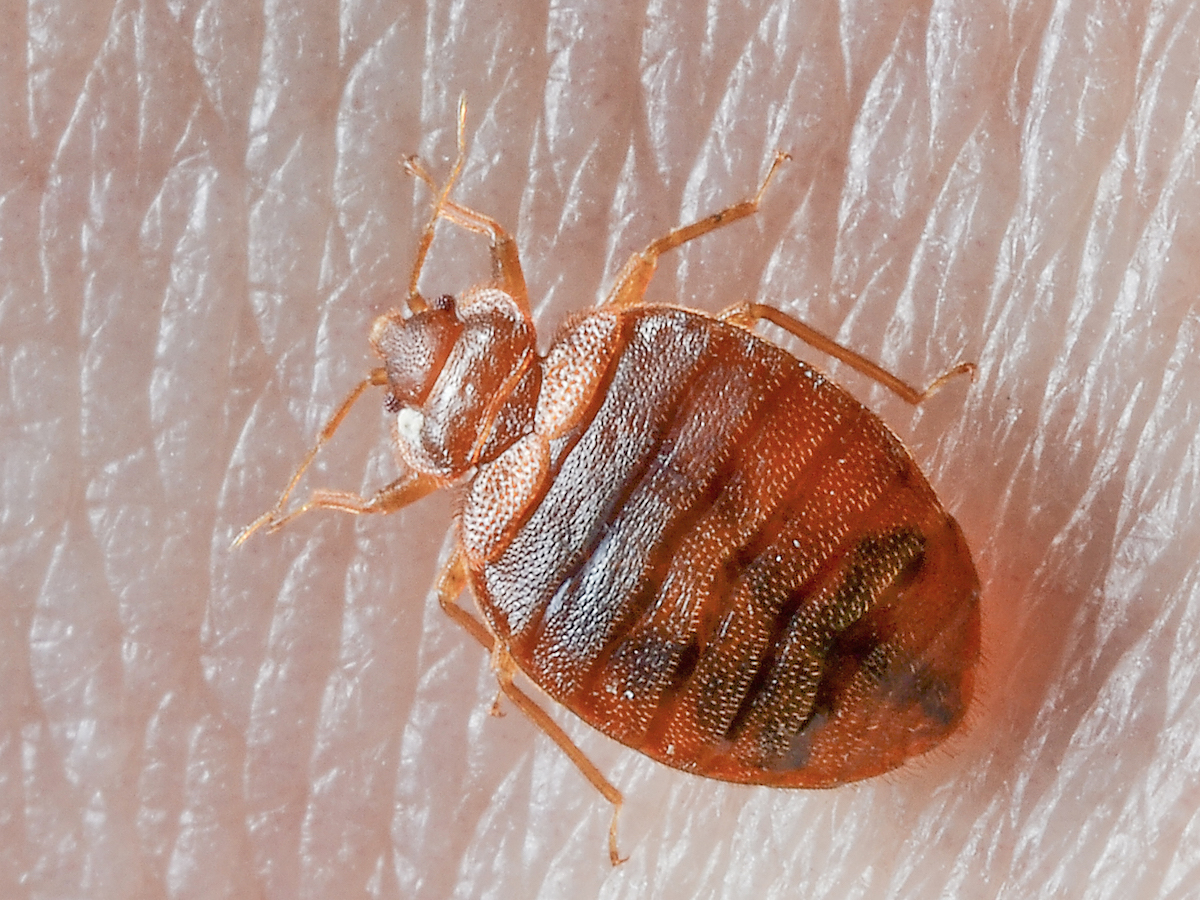
Bed Bugs are small, nocturnal insects that feed on the blood of humans and animals. They are reddish-brown in color, and their flat bodies allow them to hide in tight spaces. Bed bugs are not known to transmit any diseases, however, they can cause skin irritations and allergic reactions.
- They are small, reddish-brown in color, and flat-bodied insects.
- They are nocturnal, and feed on the blood of humans and animals.
- They can hide in tight spaces.
- They are not known to transmit any diseases.
- But they can cause skin irritations and allergic reactions.
How do Bed Bugs Affect Dogs?
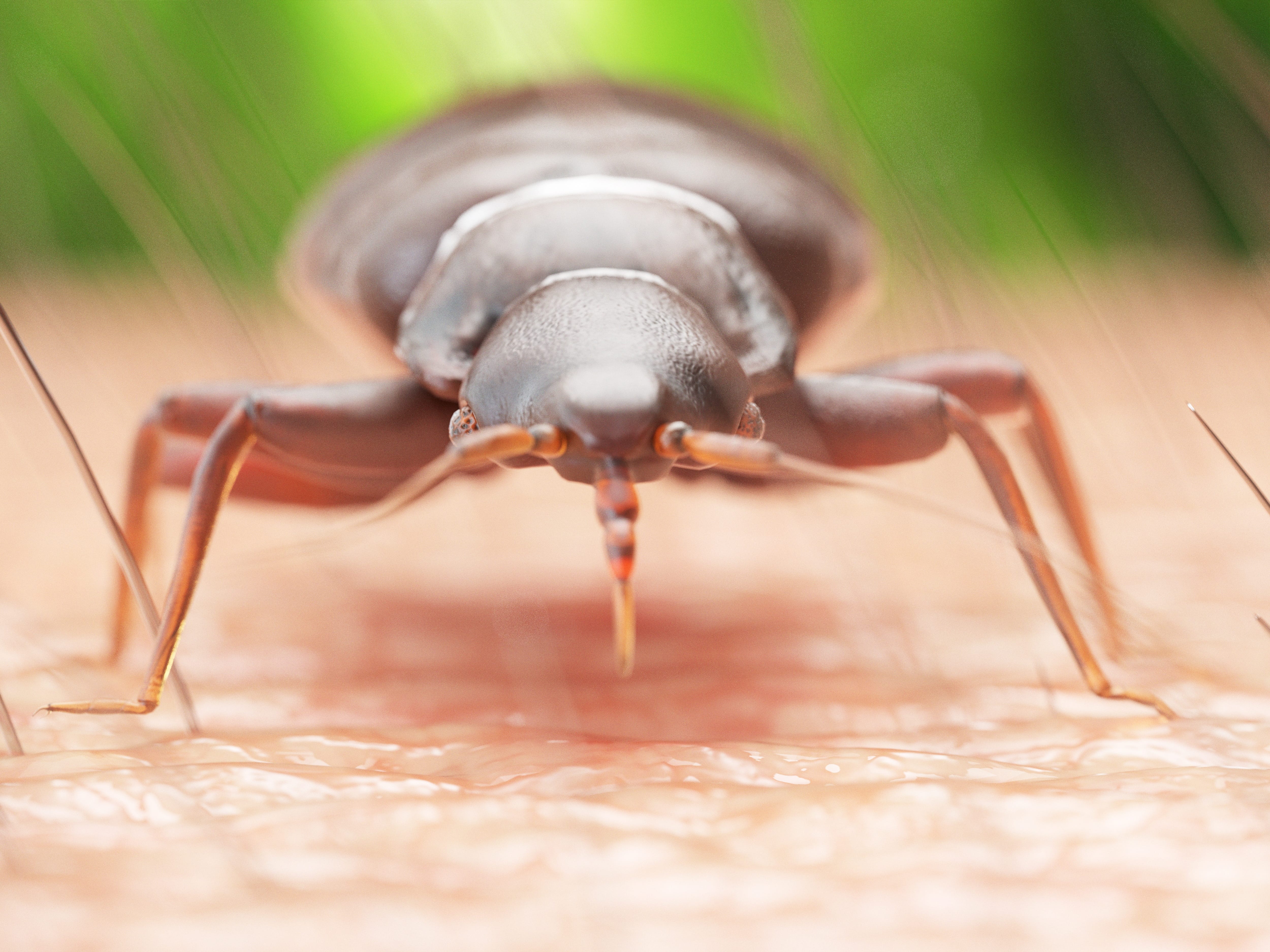
Bed bugs can cause skin irritation, as they feed on blood and leave bites. They often bite in areas where a dog’s skin is thin and delicate, such as near the ears, neck, or belly. The bites can be red and itchy, and may cause discomfort or pain to the dog. In extreme cases, the bites can become infected.
Bed bugs can also lead to anemia in dogs, as they feed on their blood. This can lead to lethargy, weakness, and in some cases, death.
| Symptom | Cause |
|---|---|
| Skin irritation | Bed bug bites |
| Anemia | Bed bug feeding on blood |
It’s important to act quickly if you suspect that your dog has bed bugs. The best way to tell is to look for signs of an infestation, such as bed bug eggs, shed skins, or live bed bugs. If you find any of these, you should contact your vet for advice.
Signs and Symptoms of Bed Bugs in Dogs
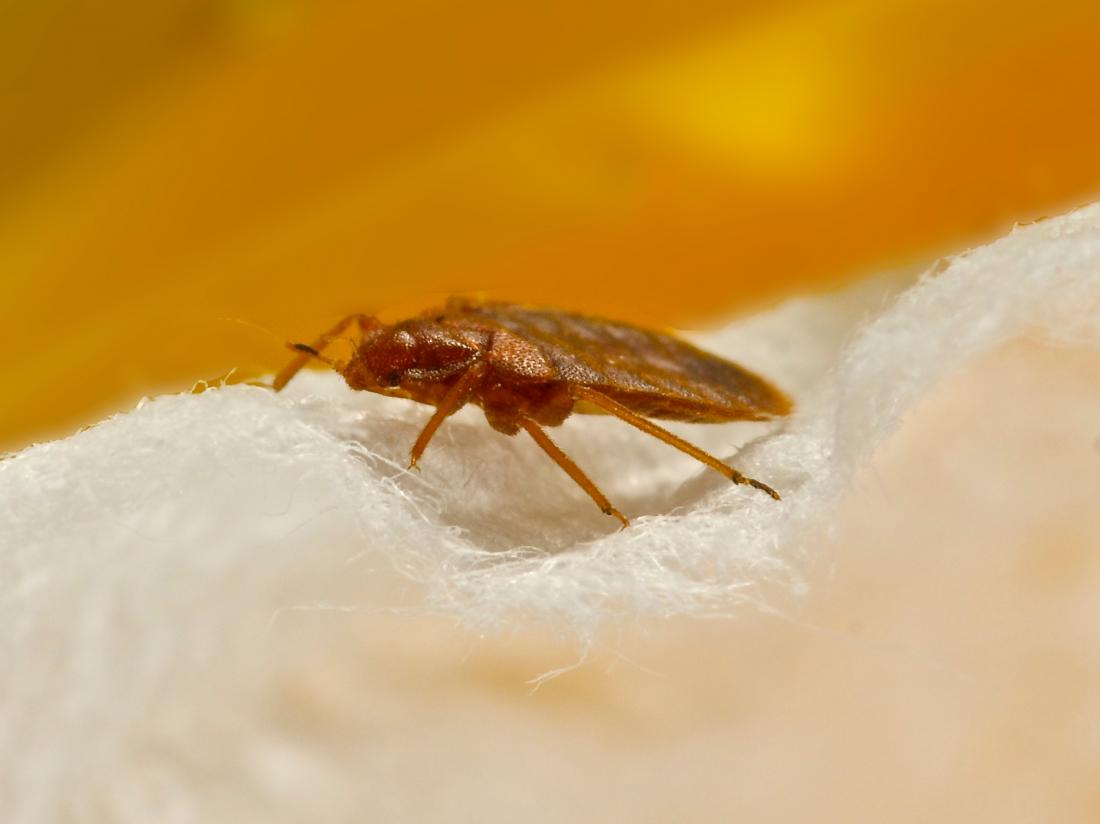
I should check my dog’s fur and skin regularly for signs of bed bugs. Bed bugs feed on blood, so the first sign of an infestation could be small, itchy red bumps on my dog’s skin. These bumps may be more noticeable on the legs, belly, and face. My dog may also develop welts, hives, and blisters.
If I notice my dog is excessively itching, scratching, licking, and biting areas of their skin, it could be a sign of bed bug bites. Other signs to watch for include hair loss, scabbing, and secondary infections from excessive itching.
If I suspect bed bugs, I should inspect my dog’s bedding and look for dark spots on their bed or other resting areas. Bed bugs leave behind dark spots of dried blood or excrement. I should also inspect my dog’s fur and skin for any bugs, eggs, or larvae. Bed bugs are typically reddish-brown and about the size of an apple seed.
Bed bugs can also cause anemia in some cases. If my dog is exhibiting pale gums, loss of appetite, lethargy, and weakness, I should have them tested for anemia.
| Signs and Symptoms | Description |
|---|---|
| Itchy red bumps | Small, itchy red bumps on the skin, more noticeable on the legs, belly, and face. |
| Welts, hives, and blisters | Possible skin reactions to bed bug bites. |
| Excessive itching, scratching, licking, and biting | Signs of discomfort from the bites. |
| Hair loss, scabbing, and secondary infections | Possible consequences of excessive itching. |
| Dark spots | Dark spots of dried blood or excrement left behind by bed bugs. |
| Bed bugs | Reddish-brown bugs about the size of an apple seed. |
| Anemia | Pale gums, loss of appetite, lethargy, and weakness. |
How to Check for Bed Bugs on Dogs
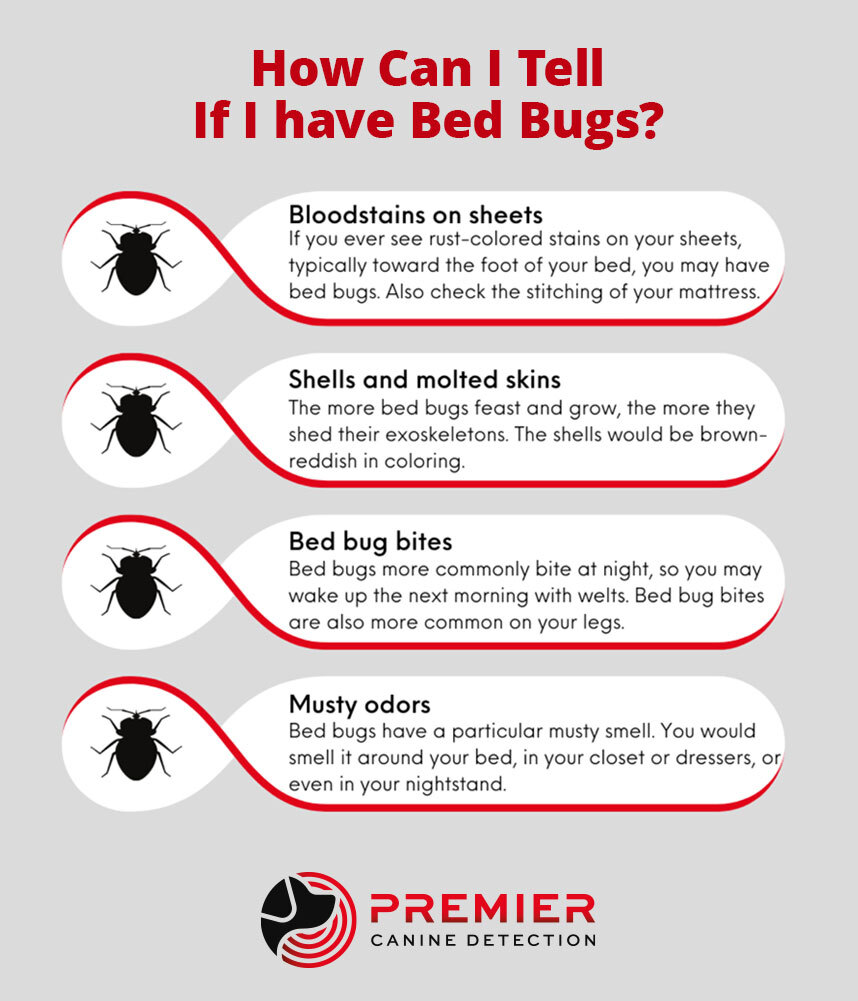
Bed bugs on dogs can be difficult to detect as they are nocturnal and hide during the day. In order to check for bed bugs, you should inspect your dog closely during the day and at night.
Inspection During the Day
| Step | Description |
|---|---|
| Step 1 | Use a flashlight to check your dog’s fur and skin for any signs of bed bugs. Look for small, dark spots that may indicate the presence of bed bugs. |
| Step 2 | Check your dog’s bedding for signs of bed bugs. Look for small, dark spots on the bedding, as well as any eggs or shed skins that may have been left behind. |
| Step 3 | Look for signs of itching or biting around your dog’s ears or other areas where bed bugs may be present. |
Inspection at Night
| Step | Description |
|---|---|
| Step 1 | Turn on a light in your dog’s room and look for any signs of bed bugs. Look for small, dark spots that may indicate the presence of bed bugs. |
| Step 2 | Check your dog’s bedding for signs of bed bugs. Look for small, dark spots on the bedding, as well as any eggs or shed skins that may have been left behind. |
| Step 3 | Look for signs of itching or biting around your dog’s ears or other areas where bed bugs may be present. |
If you suspect your dog has bed bugs, contact your vet for advice and treatment.
Treating Bed Bugs on Dogs
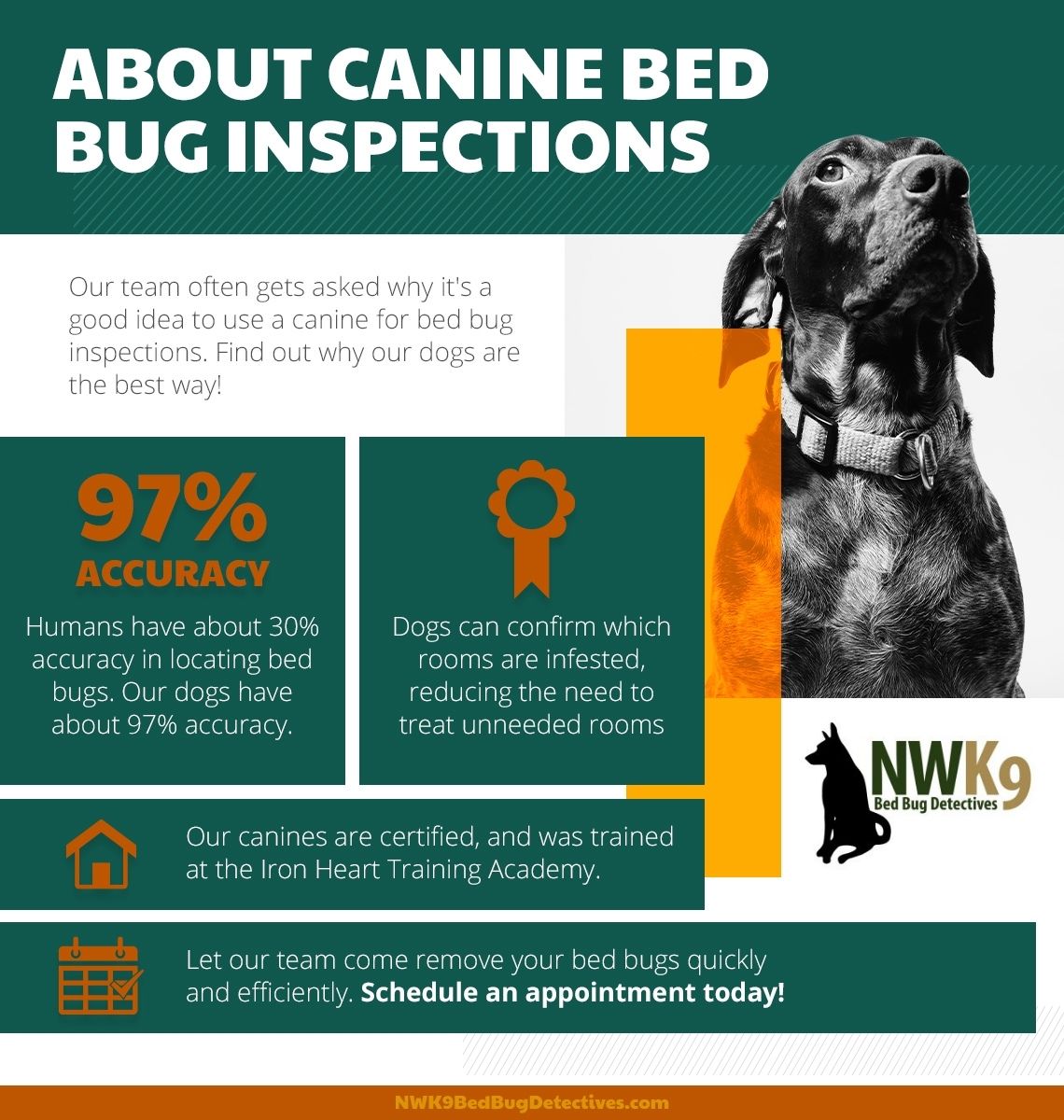
Bed bugs are a nuisance for both humans and animals, but can be especially troublesome for dogs. Bed bugs can be difficult to see and detect, but if you suspect your dog has bed bugs, it is important to act quickly. Here are a few tips for treating bed bugs on dogs.
The first step is to identify the bed bugs. Bed bugs are small, flat, and oval-shaped insects that feed off of the blood of warm-blooded animals. They are typically brown or reddish-brown in color and tend to hide in cracks, crevices and other warm places.
Once you have confirmed that your dog has bed bugs, it is important to take action to eliminate them. Vacuuming is an effective way to remove bed bugs. Make sure to vacuum all areas of the house, as well as your dog’s bedding and any furniture they use. Be sure to dispose of the vacuum bag once you are finished.
Next, use a special bed bug spray designed for animals. This type of spray is designed to kill bed bugs on contact, while also remaining safe for your pet.
Finally, it is important to take steps to prevent the bed bugs from returning. Wash your dog’s bedding and vacuum regularly. Additionally, you may want to invest in a bed bug encasement for your pet’s bed. This will prevent bed bugs from entering the bed and will help keep them away.
By taking the proper steps to treat and prevent bed bugs on your dog, you can keep your pet safe and healthy.
Prevention of Bed Bugs in Dogs
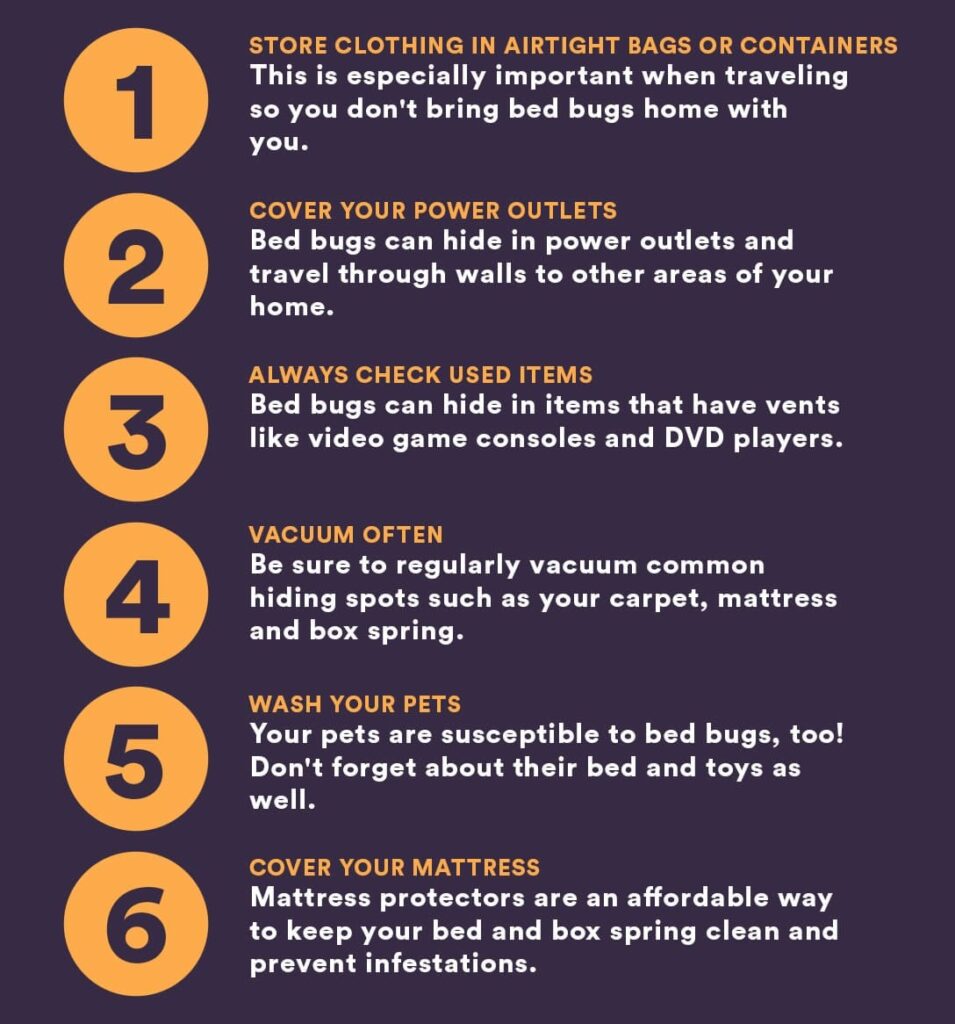
- Regularly vacuum and steam clean your dog’s bed, paying special attention to seams, cracks, and crevices.
- Check your dog’s bed for signs of bed bugs, such as eggs, larvae, and adult bed bugs.
- Wash pet bedding in hot water and dry on the highest heat setting.
- Discard any blankets or beds that appear to be infested.
- Keep your dog away from areas known to have bed bugs.
- Regularly inspect your dog for signs of bed bug bites, such as redness and itching.
- Check your dog’s coat for signs of bed bugs, such as eggs or the bugs themselves.
- If you suspect your dog may have bed bugs, consult your veterinarian.
Bed Bug Bites on Dogs
- Look for red, swollen bumps or welts on your dog’s skin.
- Inspect your dog closely for small, dark spots on their fur.
- Check your dog’s bedding and other furniture for signs of bed bugs.
- Examine your dog’s coat for any signs of itching or scratching.
- Check for a sweet, musty smell near your dog’s bedding.
Bed bug bites can cause red, swollen bumps or welts on your dog’s skin. These bites are usually accompanied by itching and scratching. You should also look for small, dark spots on their fur that could be bed bug droppings. Additionally, inspect your dog’s bedding and other furniture for signs of bed bugs. Bed bugs often leave behind a sweet, musty smell near their hiding spots. If you notice this smell in your dog’s bedding, it may be a sign of bed bugs.
When to See a Vet
If you’ve been noticing signs of bed bugs on your dog, it’s important to take them to the vet as soon as possible. Bed bugs can cause serious health problems, including skin infections and allergic reactions. The vet can help diagnose the issue and recommend treatments to help your pet.
| Symptoms | When to See a Vet |
| Itching or redness | Immediately |
| Hair loss | Within a few days |
| Open sores | Immediately |
| Foul odor | Within a few days |
If you’re not sure if your dog has bed bugs, look for the following signs: itching or redness, hair loss, open sores, and a foul odor. If you notice any of these symptoms, take your dog to the vet as soon as possible. If the itching or redness is severe, go to the vet immediately. If the hair loss or foul odor is mild, it may be possible to wait a few days before seeing a vet.
Frequently Asked Questions
What are the signs that my dog may have bed bugs?
The first signs of bed bugs on your dog are likely to be small, itchy bites on their skin. These bites can be red and inflamed, and may be accompanied by a strong odor. You may also notice your dog scratching or licking more than usual, as they try to relieve the irritation. In addition, you may notice black spots on their fur, which could be bed bug droppings. If you suspect your dog has bed bugs, take them to the vet immediately for a diagnosis and treatment.
How can I identify bed bugs in my home?
Bed bugs can be identified by looking for signs of bed bug activity such as small dark spots on mattresses, bed frames, and furniture, as well as tiny yellow-brown eggs, shed skins, and a sweet musty odor. Bed bugs may also be seen crawling around the bed or furniture. It is important to look for these signs in all areas of your home, especially if you have had recent visitors or recently purchased used furniture.
Is there a way to prevent my dog from getting bed bug bites?
Yes, there are measures you can take to reduce your dog’s risk of bed bug bites. First, regularly vacuum your home and furniture to remove any bed bugs that may be present. Make sure to dispose of the vacuum bag after vacuuming to avoid spreading the bed bugs. Second, use bed bug-proof covers on your dog’s bed, and regularly launder their bedding. Finally, keep your pet away from infested areas, such as furniture that may harbor bed bugs.
What are the symptoms of bed bug bites on dogs?
Bed bug bites on dogs can appear as small, red bumps that may be itchy and painful. These bites may also result in skin irritation, hair loss, and secondary infections. Additionally, some dogs may display signs of anxiety or restlessness, which could indicate the presence of bed bug bites.
What are the best methods for treating bed bug infestations in my home?
The most effective method for treating bed bug infestations is a combination of chemical and non-chemical treatments. Chemical treatments include insecticides, such as pyrethroid, neem oil, and diatomaceous earth. Non-chemical treatments include vacuuming, laundering, and steam cleaning. It is important to inspect and treat all areas of the home where bed bugs may be hiding and to repeat treatments several times. Additionally, professional pest control services may also be necessary in order to completely eradicate the infestation.
Conclusion
Bed bugs can be a nuisance, but with vigilance and knowledge they can be detected and removed. A visual inspection of your pet’s bedding and surroundings should be done regularly, at least once a week. If your pet is showing any signs of itching or irritation, take him to the vet and have a skin sample taken. If the sample tests positive for bed bugs, you’ll need to contact a pest professional to help identify the source of the infestation and provide a control plan. It’s also important to vacuum and steam-clean your furniture, carpets, and other areas where your pet spends time. With the right preventative steps, you can keep bed bugs away from your home and your pet.
